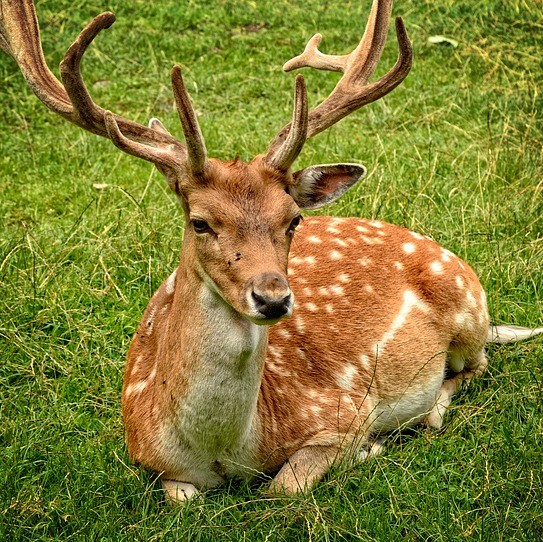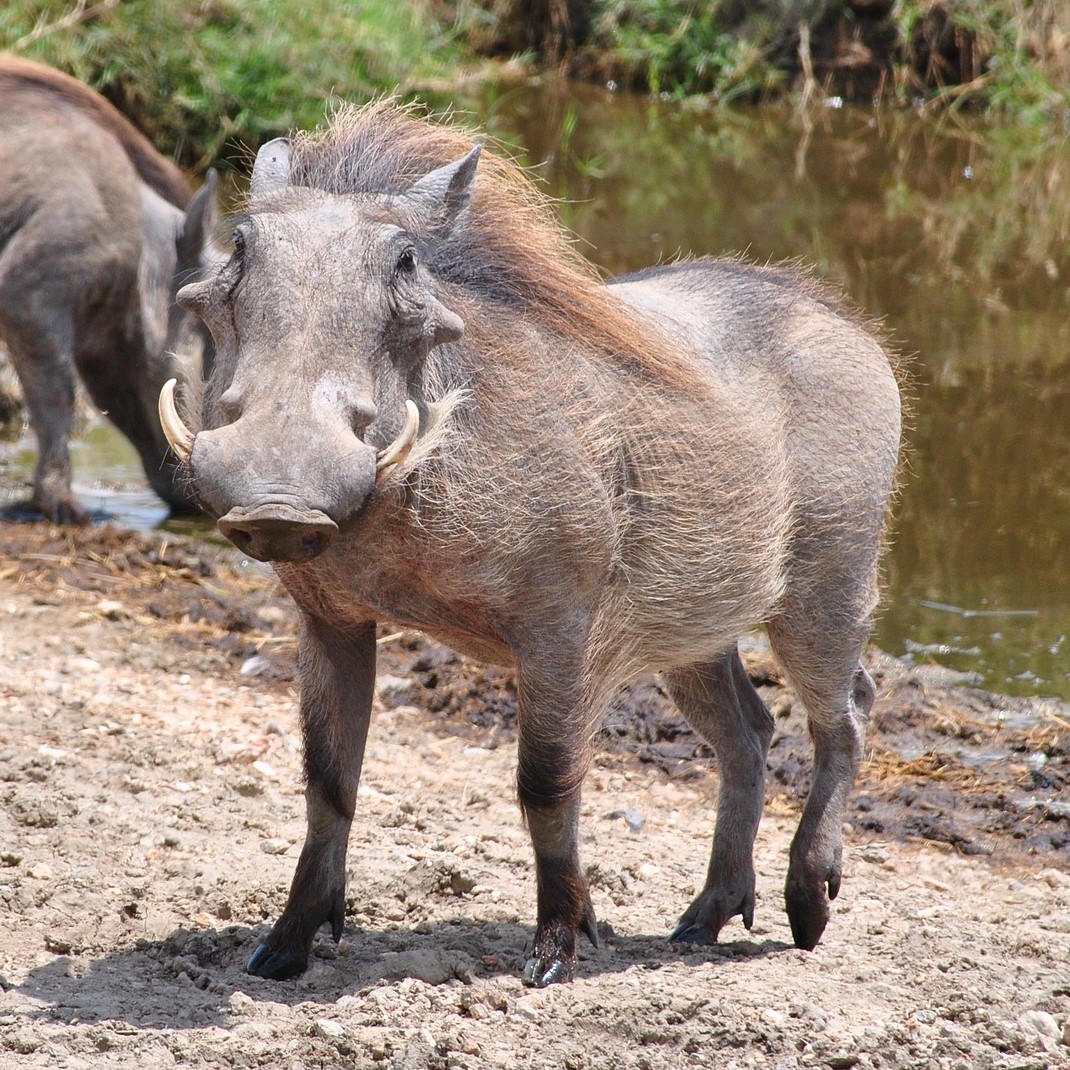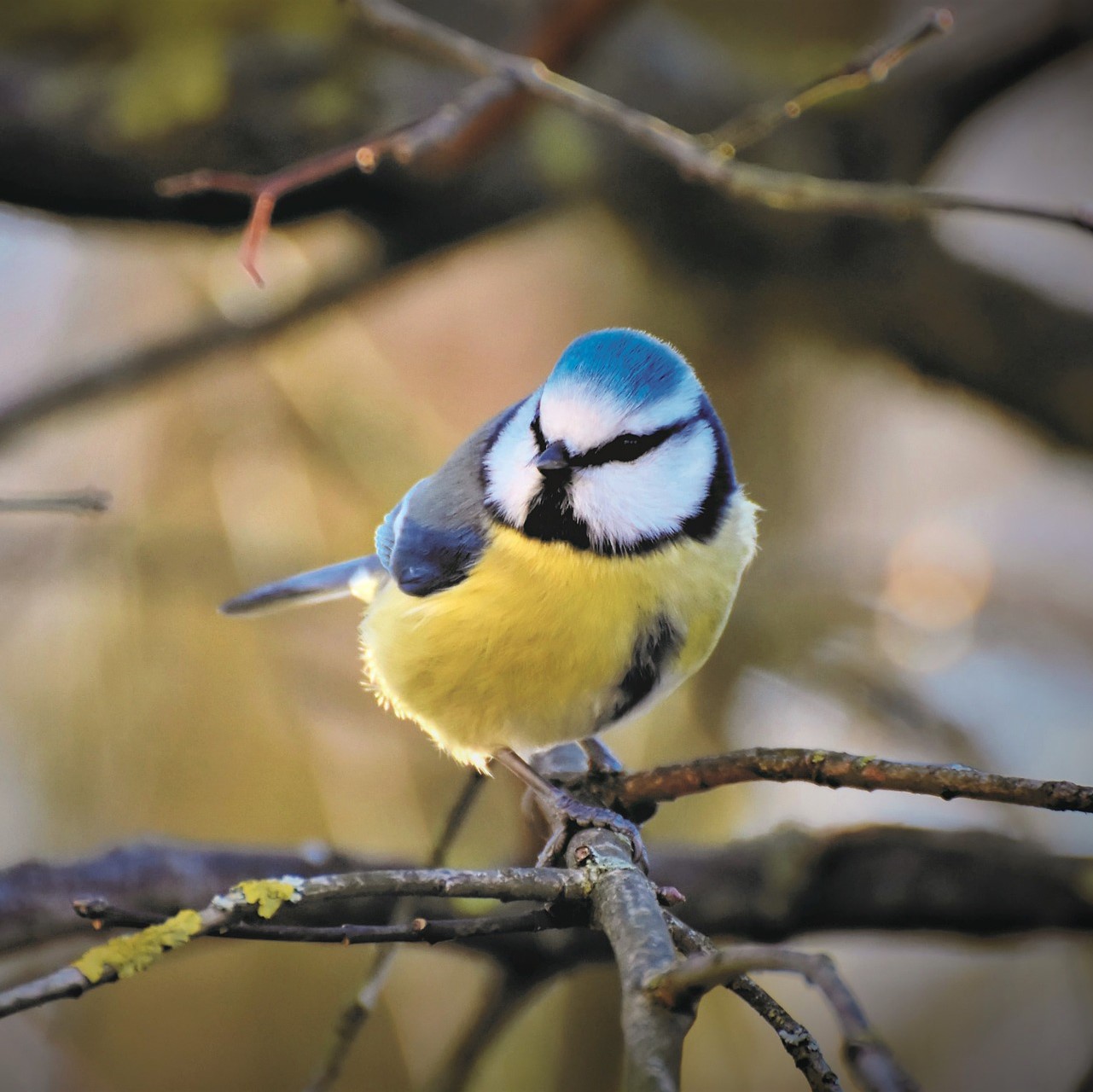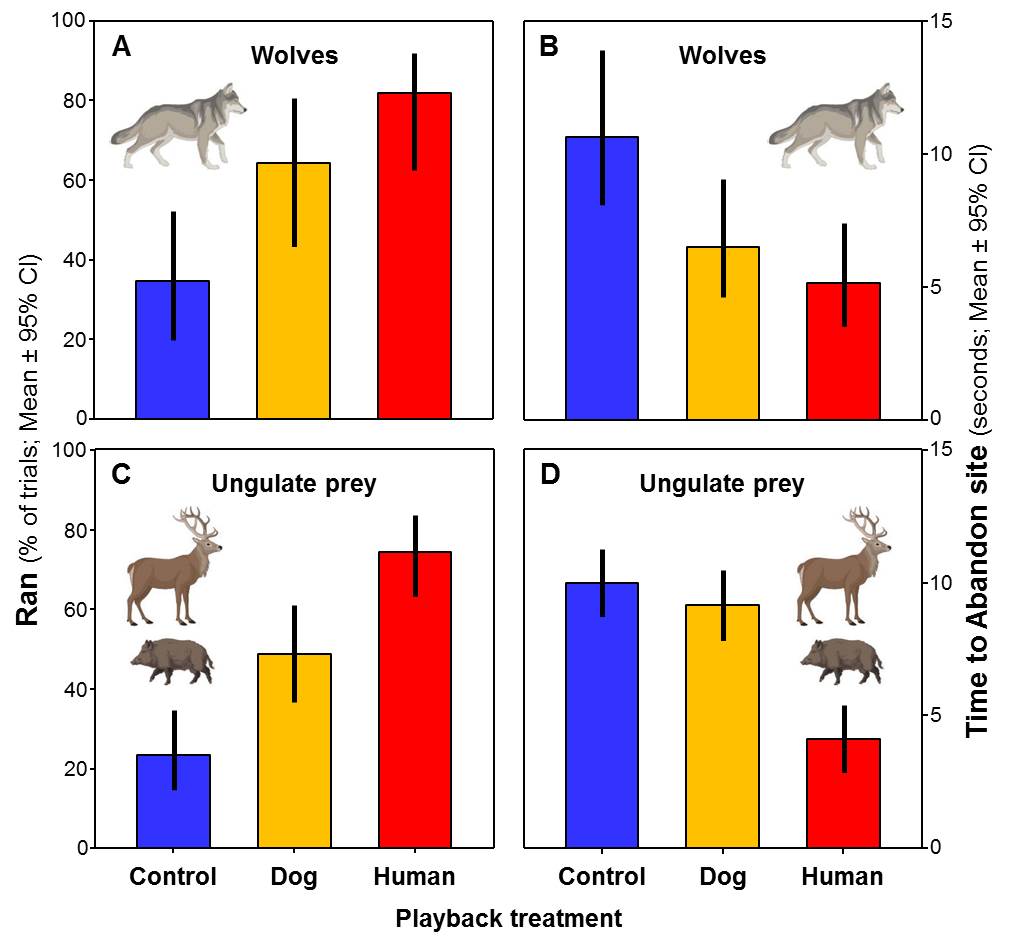


| British
Columbia (Canada) |
|
| Highlighted Collaborator: Dr. Lawrence M.
Dill from Simon Fraser University Fear
of large carnivores causes trophic cascade. [PDF] |
 Raccoon |
| Highlighted Collaborators: Dr. Rudy
Boonstra from University of Toronto & Dr. Tony D. Williams from Simon Fraser
University Indirect
predator effects on clutch size and the cost of egg
production. [PDF] |
Song Sparrow |
| United
Kingdom |
|
| Highlighted
Collaborator: Dr.
David W. Macdonald from the University of Oxford Fear
of the human “super
predator” far exceeds the fear of large carnivores in a model
mesocarnivore. [PDF] |
 European Badger |
| South Africa |
|
| Highlighted
Collaborators: Dr.
Craig Packer from the University of Minnesota & Dr. Mike Peel from the
Agricultural Research Council in South Africa Fear of the human "super-predator" pervades the South African savanna. [PDF] In light of the depletion of their prey due to legal and illegal hunting, and the incidental and intentional killing of lions across Africa, we experimentally tested whether the savanna mammal community now fears the human ‘super predator’ more than the ‘kings of beasts’ (lions), even in one of the continent’s premier protected areas possessing one of the world’s largest lion populations, South Africa’s Greater Kruger National Park. Our results are pressingly pertinent to conservation given that the preservation of African savanna systems relies primarily on photographic tourism, and it is thus essential to understand how fear of humans may impede this, and how this fear may be ameliorated. Hierarchy of Fear: Experimentally testing ungulate reactions to lion, African wild dog and cheetah. [PDF] The fear different large carnivores inspire in intact multi-predator-prey systems may have very different ecological impacts, but research to date has primarily focused on the impacts of one large carnivore at a time. We experimentally tested the relative fearfulness African ungulates demonstrated to playbacks of lions, African wild dogs and cheetahs in South Africa’s Greater Kruger National Park. Our results reveal a very clear ‘hierarchy of fear’, with virtually every ungulate most fearing the ‘kings of beasts’ (lions). |
 Wildlife (Mammals) |
| California
(USA) |
|
| Highlighted Collaborator: Dr. Christopher Wilmers from
the University of California Fear
of humans as apex predators has landscape-scale impacts from mountain
lions to
mice. [PDF] Humans,
but not their dogs, displace pumas from their kills: An experimental
approach. [PDF] Fear
of the human ‘super predator’ reduces feeding time in large
carnivores. [PDF] |
 Cougar  Deer Mouse |
| Georgia
(USA) |
|
| Highlighted
Collaborators: Dr.
Michael Conner from The Jones Center at
Ichauway & Dr. Michael
Cherry from Texas
A&M
University Prey
tells, large herbivores fear the human
‘super predator’. [PDF] |
 White-tailed Deer |
| Sweden |
|
| Highlighted
Collaborators: Dr.
Joris Cromsigt from the Swedish University
of Agricultural Sciences & Dr. Dries Kuijper from the
Polish Academy of Sciences Playbacks
of predator
vocalizations
reduce
crop damage by ungulates.
[PDF] |
 Fallow Deer, Roe Deer, Red Deer, Moose, & Wild Boar |
| Eswatini |
|
| Highlighted Collaborator: Dr. Robert A. McCleery from
the
University of Florida Fear of large carnivores is
tied to ungulate habitat use: evidence from a bifactorial
experiment. [PDF] We
experimentally demonstrated for the first time that ungulate habitat
selection can be directly linked to their fear of large carnivores,
thereby filling a critical gap in the evidence corroborating that the
fear of large carnivores can itself cause trophic cascades in
large carnivore-ungulate systems.
|
 Wildlife (Mammals) |
| Uganda |
|
| Highlighted Collaborators: Dr. David W. Macdonald from
University of Oxford & Dr.
Chris Wilmers from University of California A
new
Automated
Behavioural
Response system to integrate playback experiments into camera trap
studies. [PDF] We experimentally tested the fear wildlife demonstrated to hearing the human ‘super predator’, hunting sounds (dogs barking) and non-human predators (leopards snarling) in Uganda’s Bwindi Impenetrable National Park, in what was one of the first uses of our newly-developed Automated Behavioural Response (ABR) systems. For more details concerning the ABRs please visit the ABR System webpage. |
 Wildlife (Mammals) |
| Germany |
|
| Highlighted
Collaborator: Dr.
Bart Kempenaers from the Max Planck Institute for Ornithology Playback
of predator calls inhibits and delays dawn singing in
a
songbird community. [PDF] We experimentally demonstrated for the first time that fear itself can affect the occurrence and timing of the dawn chorus in songbird communities. Our results established that the impacts of fear can extend to suppressing mating behaviour in free-living wildlife. Effects of predator call playbacks on reproductive success and extrapair paternity in blue tits. [PDF] We conducted an experiment on the breeding performance of blue tits which provided a framework for subsequent experiments demonstrating that fear itself can impact extrapair paternity in songbirds. |
 Blue Tit |
| Australia |
|
| Highlighted Collaborator: Dr. Christopher N. Johnson
from the
University of Tasmania Fear of the human 'super-predator' 'in native marsupials and introduced deer in Australia. [PDF] We experimentally demonstrated for the first time that even kangaroos and wallabies in Australia fear humans more than non-human predators, corroborating that fear of the human ‘super predator’ is pervasive across the planet. |
Marsupials |
| Poland |
|
| Highlighted Collaborator: Dr. Dries Kuijper from the
Polish Academy of Sciences Wolves and their prey all fear the human "super-predator". [PDF] We conducted an unprecedented experiment in Poland's Tuchola Forest demonstrating that the "big bad wolf" fears the human "super predator", even where wolves are legally protected. |
 Wolf |
Fear of the “big bad wolf” dominates the discourse on human-wildlife conflict. Humans fear wolves, and fear wolves “losing their fear” of humans – because if they fear us, they avoid us, and that protects us. Legal protection of wolves has been alleged to permit the emergence of “fearless” wolves. We conducted an unprecedented experiment demonstrating that wolves fully retain their fear of humans, even where they are legally protected. Our results help re-focus the discourse on human-wolf conflict, from ostensibly fearless wolves, to human food subsidies better explaining why fearful wolves ever risk encounters with the human “super predator”.
